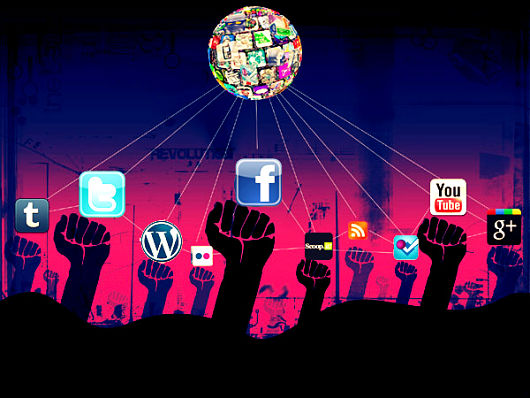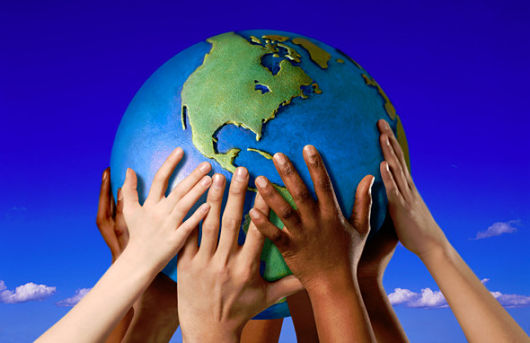
Are you interested in combating global poverty? If so, your next thought might be how exactly you can make your service effective. That is, how can you provide the most help, given your abilities? This is a common sentiment among people who perform any type of community service.
This article will consider community service using Keith Morton’s thick and thin service paradigm.
According to Morton, thick service is community service that is performed in accordance with one’s values. Thick service is also performed over time or called “project work.” Someone who engages in thick service is highly committed to and educated about a particular societal issue.
Thin service is referred to as “charity work.” Someone who performs charity work may not be as educated about the particular societal issue. Additionally, one may not know about particular causes or solutions to a societal issue.
Ideally, everyone would want to perform thick service. However, with an issue such as global poverty, some people may be concerned that they cannot make a meaningful difference.
Morton mentions that people should aim to move on a spectrum from charity work, to project work and eventually to social change. It is a gradual, lifelong process. Everyone should do what they are capable of doing at a given time. Essentially, all service can be valuable.
Education is an important way that one can make his or her service meaningful. After discovering possible causes of poverty, one can better consider what service to perform that could be helpful. Additionally, spreading awareness about global poverty is another way to make service meaningful. By spreading the word, more people can help to solve the issue.
No one can solve an issue like global poverty without first learning more about the issue and becoming involved in service over time. Large-scale problems involve service work by many people with various abilities. However, people can make meaningful change. Thick service requires knowledge, consideration and commitment. With this in mind, people can effectively work toward societal change.
– Ella Cady
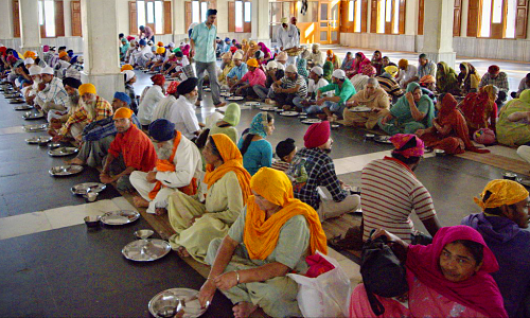



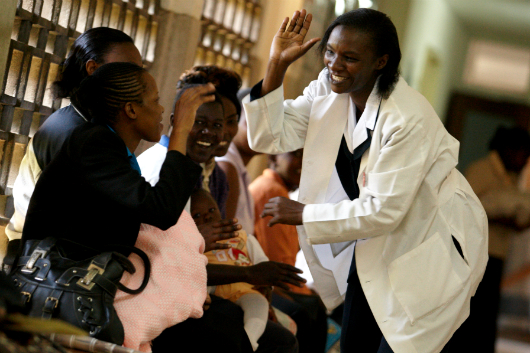
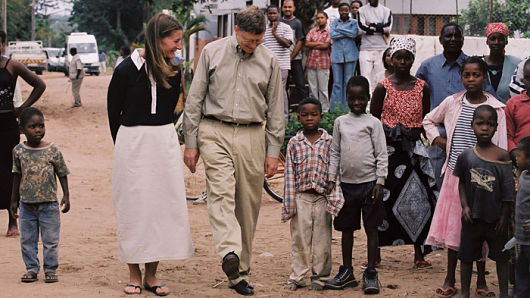
 June 14th is internationally recognized as World Blood Donor Day. In celebration and recognition of this day, the United Nations World Health Organization (WHO) launched a campaign to encourage blood donations from volunteers. The theme, Thank You for Saving My Life, with the slogan, “Give freely, give often. Blood donation matters,” aims to motivate frequent donors to continue giving blood and non-donors to give blood for the first time.
June 14th is internationally recognized as World Blood Donor Day. In celebration and recognition of this day, the United Nations World Health Organization (WHO) launched a campaign to encourage blood donations from volunteers. The theme, Thank You for Saving My Life, with the slogan, “Give freely, give often. Blood donation matters,” aims to motivate frequent donors to continue giving blood and non-donors to give blood for the first time.